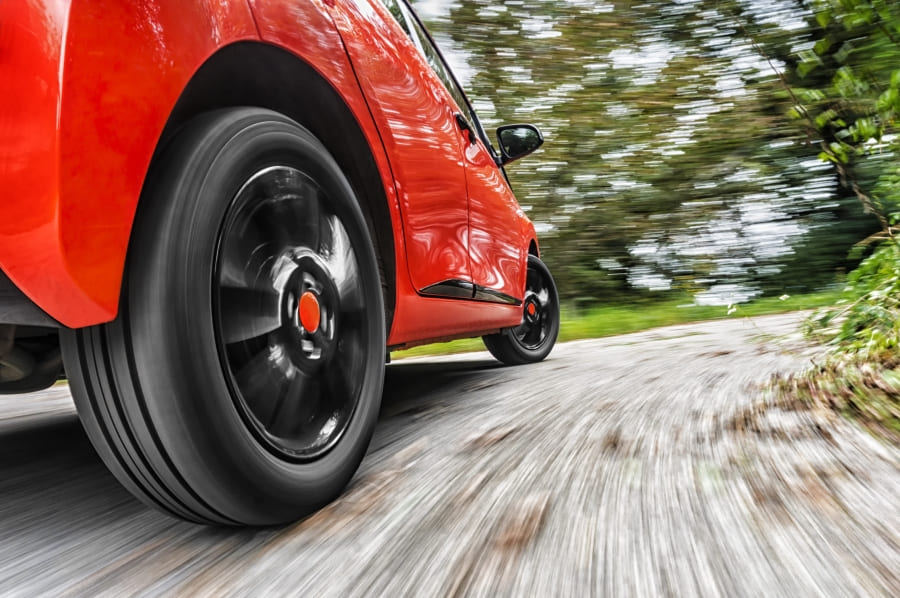
PSM (Porsche Stability Management) is a stability control system which has been installed on Porsche cars since 1998. Initially, it was offered as an option. Since 2003 it has been available as a standard feature for all models. It optimises the performance of a few important safety systems. It improves handling and stability of the vehicle while maneuvering and ensures reliable traction on slippery surfaces.
How PSM operates
PSM sensors track the following parameters:
- car speed and direction
- yaw rate
- lateral acceleration rate
- wheel rotation speed
- steering wheel angle
- position of the brake and accelerator pedals
If the vehicle’s actual path differs from the intended one, the system determines which axle the slipping wheels belong to and initiates braking on the opposite axle. To do this, the ABS hydraulic unit is engaged. It pumps the working fluid into the corresponding brake circuit, which triggers the braking mechanism. Thus, the vehicle’s trajectory is restored. In order to prevent slipping, PSM can temporarily limit the engine torque.
In addition, PSM controls the operation of the electronic differential lock of the wheel differentials. It redistributes torque so that the wheel with the best grip receives the most power.
Popular Porsche models equipped with PSM
- 911 996, 997, 991, 992
- 718 Cayman 982
- 718 Boxster 982
- Panamera 970, 971
- Macan 958
- Cayenne 9PA, 92A, 9YA, 9YB

Reasons for malfunctions
- Failure of the steering wheel angle sensor.
- Failure of the hydraulic power steering pump.
- Faulty ABS sensors.
- Abrasive wear of the ABS pump motor brushes.
- Battery malfunction.


















Comment